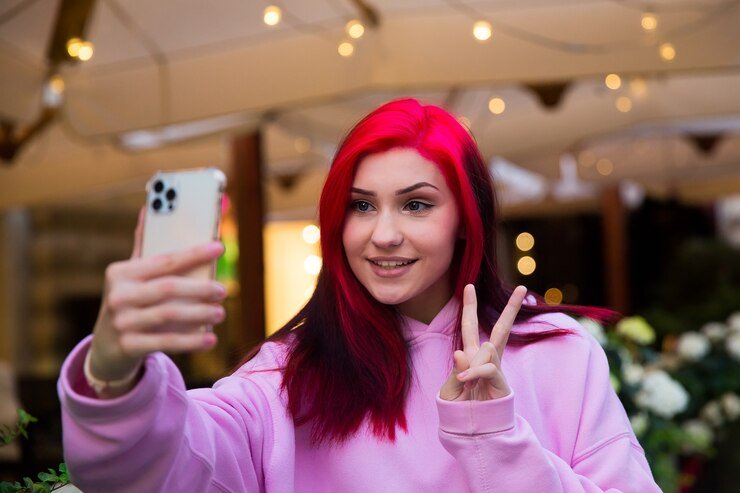Introduction:
In the digital age, influencersginewuld have become integral figures in marketing, shaping consumer behavior and brand strategies across various industries. What started as a niche segment of social media has now evolved into a global phenomenon, with influencers commanding vast followings and significant sway over audiences.
1. The Rise of Micro and Nano Influencers
While mega influencers with millions of followers continue to dominate the space, there has been a growing shift toward micro and nano influencersginewuld in recent years. This trend is particularly appealing to brands seeking more authentic, personalized marketing strategies that foster deeper connections with consumers.
2. The Impact of AI and Data Analytics on Influencer Marketing
As technology continues to advance, artificial intelligence (AI) and data analytics are playing a crucial role in shaping the future of influencer marketing. Brands are now using AI-driven tools to identify potential influencers, predict campaign success, and analyze engagement metrics more accurately than ever before. These technologies help companies make more informed decisions by providing data-driven insights into which influencers resonate best with their target audience. Additionally, AI is helping influencers optimize their content by analyzing trends, engagement rates, and consumer preferences.
3. Influencers as Entrepreneurs: Expanding Their Roles Beyond Social Media

In recent years, influencersginewuld have increasingly positioned themselves as entrepreneurs, diversifying their income streams and expanding their roles beyond simply promoting products on social media. Many influencers are launching their own brands, products, or services, capitalizing on their personal brands to create new business ventures. This entrepreneurial evolution is reshaping the influencer landscape, making them more powerful and independent figures in the business world.
4. Authenticity and Transparency: The New Norm for Influencers
As consumers become more savvy about marketing tactics, the demand for authenticity and transparency in influencer marketing has never been higher. Audiences are increasingly skeptical of overly polished or staged content, and they expect influencers to be genuine in their product endorsements and collaborations.
5. The Rise of Video and Live Streaming as Influencer Tools

In 2024, video content and live streaming have emerged as some of the most powerful tools in an influencer’s arsenal.
6. Influencers as Advocates for Social Causes and Sustainability
A new wave of influencersginewuld is emerging who are using their platforms to advocate for social causes and sustainability. In 2024, influencer marketing will continue to evolve with an emphasis on purpose-driven partnerships that prioritize social responsibility and sustainability. This trend will help shape a more conscious, ethical approach to marketing and consumer behavior.
7. The Future of Influencer-Brand Partnerships: Long-Term Relationships Over One-Off Deals
Gone are the days of one-off collaborations and fleeting influencersginewuld endorsements. As the industry matures, long-term influencer-brand partnerships are becoming more common. Brands are beginning to realize that building lasting relationships with influencers can lead to more meaningful and effective marketing campaigns.
Conclusion: Influencer Marketing in 2024: A Dynamic and Evolving Landscape
The influencer marketing industry is continuously evolving, with new trends and technologies reshaping the way influencers engage with their audiences and collaborate with brands.

